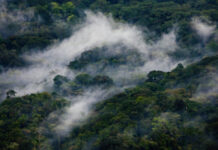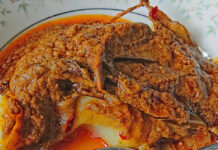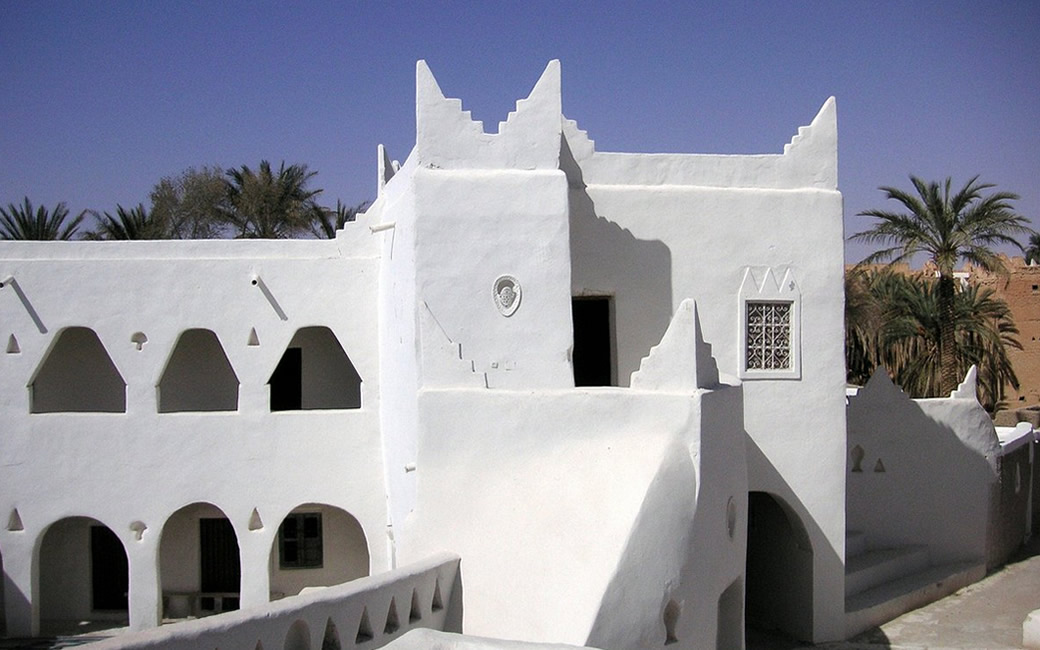Libya is a criss-cross of cultures and history, and it is all capped off by sheer Byzantine splendor. Tripoli is a crucible of this history and a reflection of the times it has seen, but it is not where I am. Instead, the spectacular desert scenery of Libya is my setting instead, very nearly 700 km southeast of Tripoli as the bird flies and as if to greet my arrival the desert dervishes dance up a sandstorm all around me, clouding out everything with the golden particles acting as a blanket. In a few minutes the silent song and dance show is all over and all that remains is sand snaking its way around the car. What a welcoming committee! I’m only glad I’m not on camel-back and that things didn’t get fiercer.
The desert can be treacherous and hard to negotiate, and all you can do at times is to hope to be the good side of lady luck. It takes me and my guide Tarek almost an hour to get to the legendary city of Ghadames, an oasis town with architectural styles several generations ahead of the curve. Today, we’re all trying to go green but the ancient inhabitants of this town have us beat by several generations. Their mud architecture is a bit ironic given that is all about going green in the middle of the desert, but Ghadames was not known as the ‘pearl of the Sahara’ for nothing. Its beauty is silently alluring, the fact that it is not frequented much by tourists only serving to preserve its original beauty.
But all is not idyllic in paradise. In the ’80s, Muammar Al-Qaddafi moved the populace of this Saharan town out and so, despite being declared a World Heritage Site by UNESCO, Ghadames began a slow crumble into deprivation. It has taken almost two decades, but the authorities have decided to finally give this oasis town the makeover it desperately needed. Restoration work is close at hand, and all of it is being done with the sole intent of not upsetting the original architectural styles. The Medina (old city) still holds signs of Byzantine styling and it is this that lends Ghadames its uniqueness among towns lining the fringe of the Northern Sahara. This was the crossroads of trade in Africa, outdoing even Timbuktu as the focal point of caravans laden with goods from far and wide.
But with the good comes the bad, and all of that trade gave rise to slavery aplenty and that was Ghadames’ downfall. Ghadames eventually ran into a state of near bankruptcy and was taken over by a number of colonialists until it merged into what we know as Libya today in 1951. The city is now in an embryonic state, frozen in limbo, and it takes a kindly local by the name of Bouba to walk me through the maze of dark zinqs and alleys with lights breaking through where the skylights permit it to be so. At the center of the Medina are two squares that were the heart of the slave trade and a part of me cannot help but wonder whether in their attempts to rebuild the past this old relic of sub-Saharan Africa will be done away with.
Walking along, I cannot help but marvel at the cool breeze licking my face and this is a case of urban design built to suit a specific need, that of disarming the 50°C daytime heat and concomitant near zero temperatures of night. It’s not all about function though as the path takes on clearly decorative shapes and engravings leading to a gaggle of Galabieh wearing men lounging on Dakkar (or stone benches), but not for long. It is nearly midday and time for Namaz and so they all quietly flow into the open square framed by two old mosques. It is then that realization dawns on me as I walk away stealthily; I have not seen a single woman in the Medina. Clearly, the rebirth is not yet complete.




















